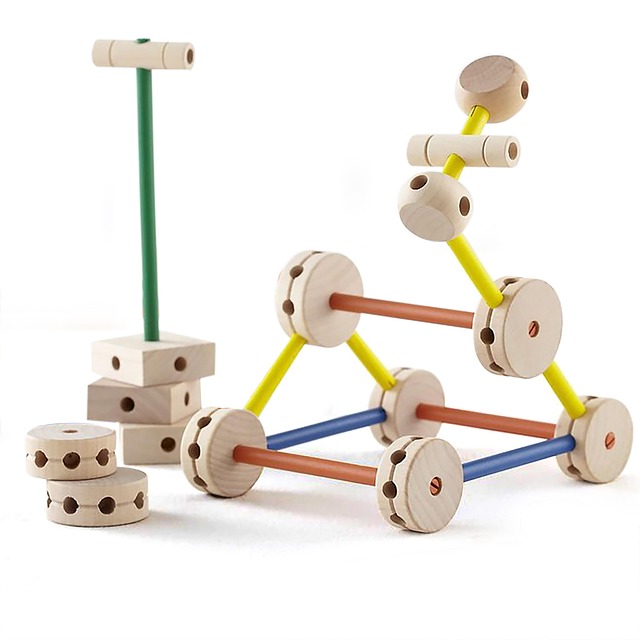
“Dive into the World of Connector Housings: Everything You Need to Know”
Dive into the World of Connector Housings: Everything You Need to Know
In the realm of electronics and electrical engineering, the smallest components can make the biggest difference. Among them are connector housings, the unsung heroes that shield and support the connections within our devices. In this blog post, we’ll embark on a journey to explore the fascinating world of connector housings—understanding their types, materials, and their critical roles in ensuring reliable connectivity.
What is a Connector Housing?
A connector housing serves as the protective casing for electrical connectors, ensuring that the delicate components inside are kept safe from environmental factors like moisture, dust, and mechanical wear. These housings are crucial for maintaining secure and stable electrical connections, an aspect that is vital in both industrial and consumer applications.
Types of Connector Housings
Connector housings come in various shapes and sizes, tailored to meet the specific requirements of different applications. Some common types include:
- Rectangular Housings: Widely used in industrial settings, these housings provide a robust structure and are ideal for larger connectors.
- Circular Housings: These are often used in audio or video equipment, offering a compact design while ensuring secure connections.
- Modular Housings: Offering flexibility, modular housings allow for customized arrangements to accommodate a variety of connector types within a single system.
Materials Matter
The material used for connector housings significantly influences their performance and durability. Common materials include:
- Plastic: Lightweight and resistant to corrosion, plastic housings are prevalent in consumer electronics.
- Metal: Known for their strength and durability, metal housings are often employed in harsh environments where additional protection is needed.
- Thermoplastics: Combining the benefits of both plastic and metal, thermoplastics offer excellent insulation and mechanical stability.
Best Practices for Choosing Connector Housings
When selecting a connector housing, it is essential to consider various factors to ensure optimal performance:
- Environment: Consider the environmental conditions the connector will be exposed to, such as temperature and humidity.
- Application Requirements: Understand the specific needs of your application, including voltage, current ratings, and mechanical stresses.
- Compatibility: Ensure that the housing is compatible with the connectors and other components in your system to avoid issues down the line.
Importance of Quality
Just like every other component in an electronic device, the quality of the connector housing is paramount. A durable and appropriately designed housing not only prolongs the lifespan of your connectors but also enhances overall device performance. Investing in high-quality housings means investing in the reliability of your system.
The Future of Connector Housings
As technology continues to evolve, so too will the designs and materials of connector housings. The push for more compact, efficient, and adaptable electrical systems calls for innovative solutions in connector technology. Staying abreast of these developments will ensure that you’re equipped to make informed decisions on connector housings for future projects.


